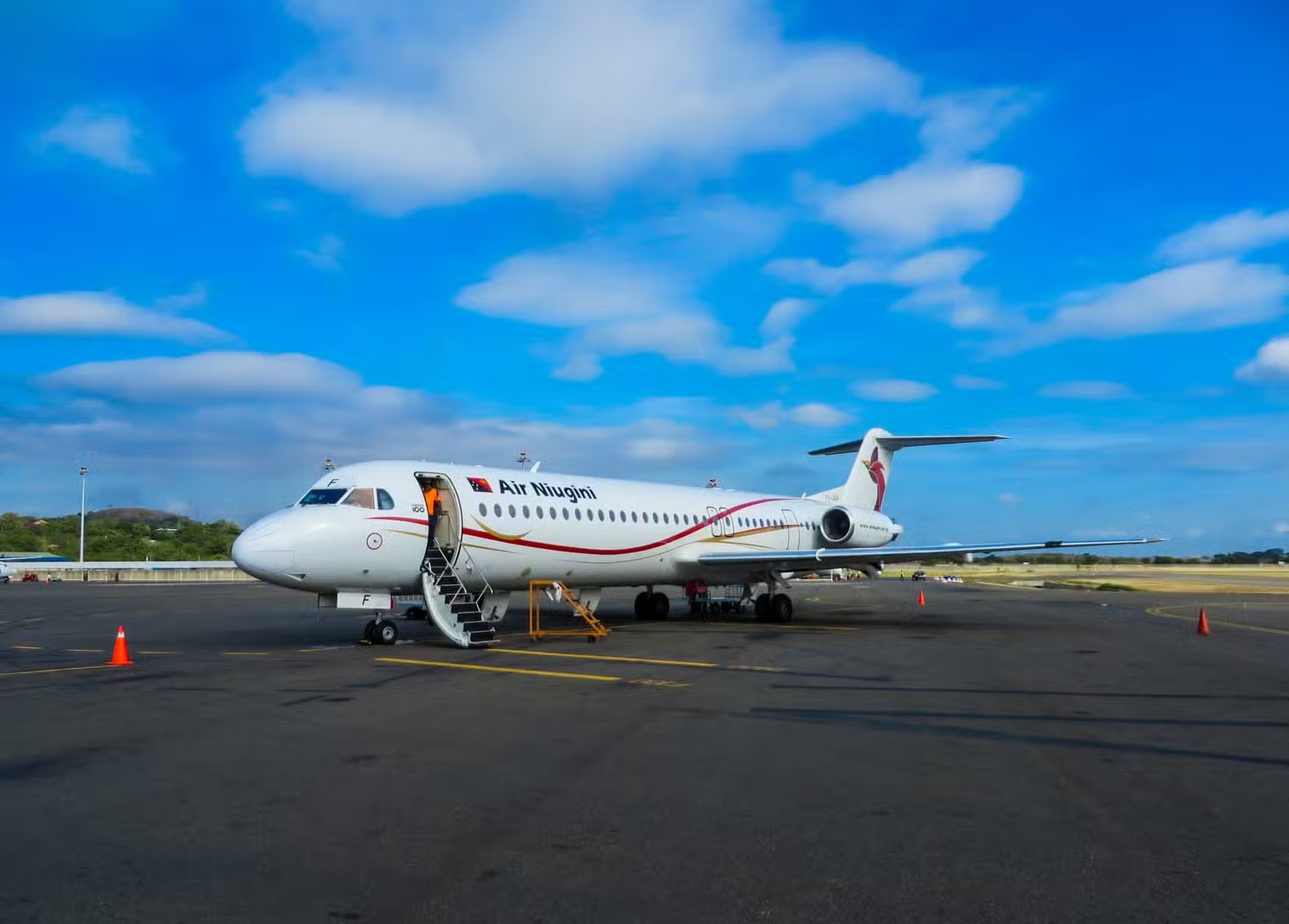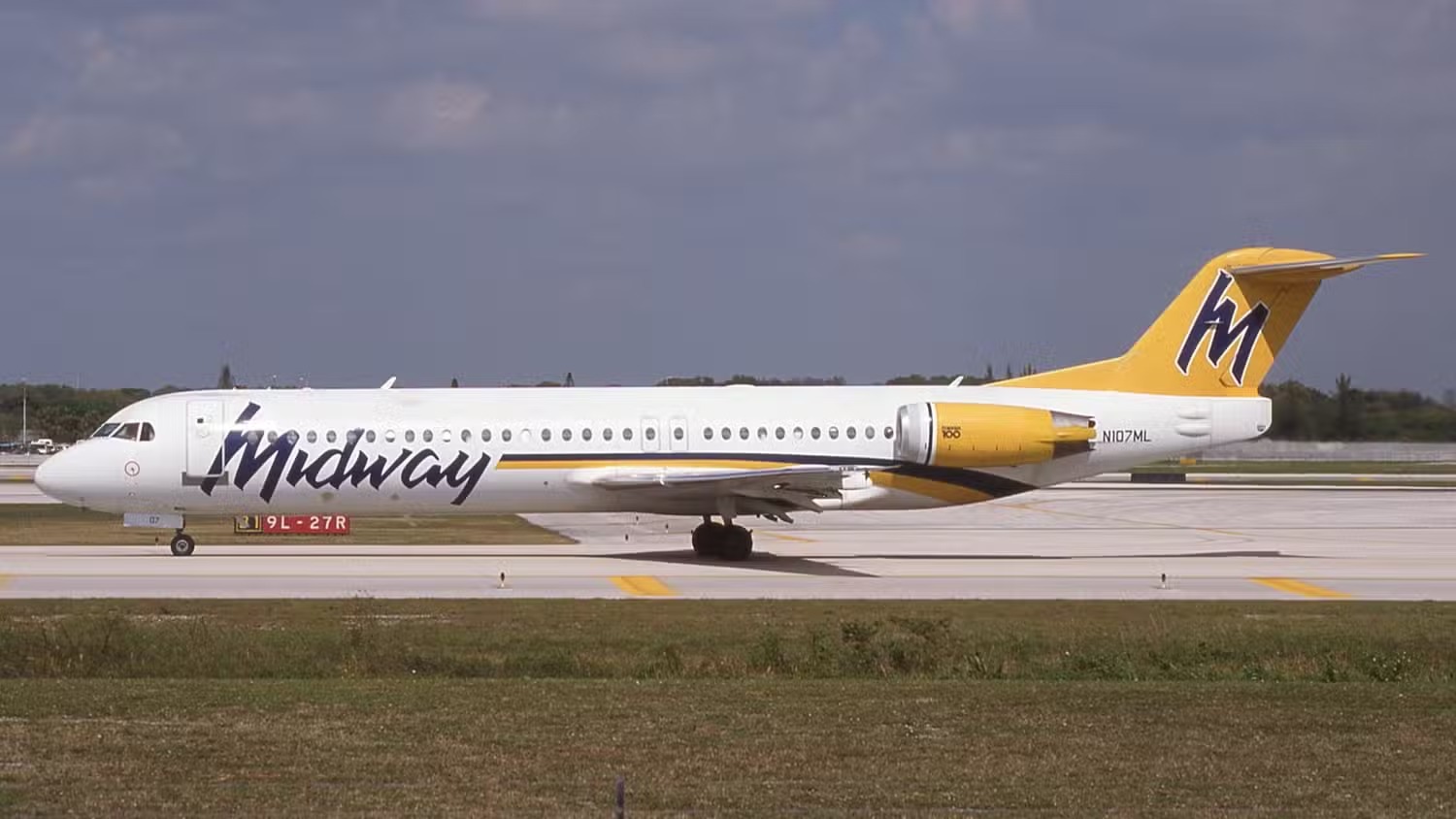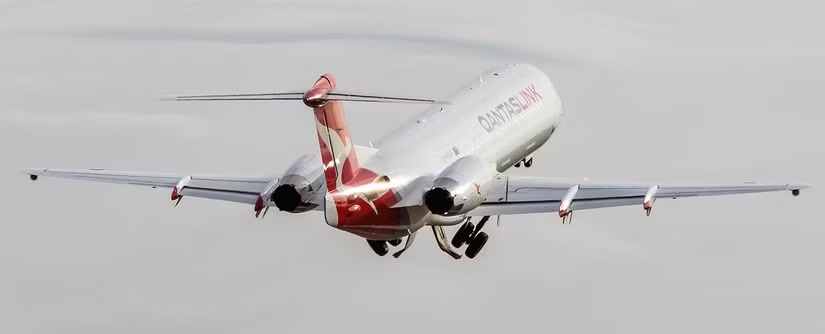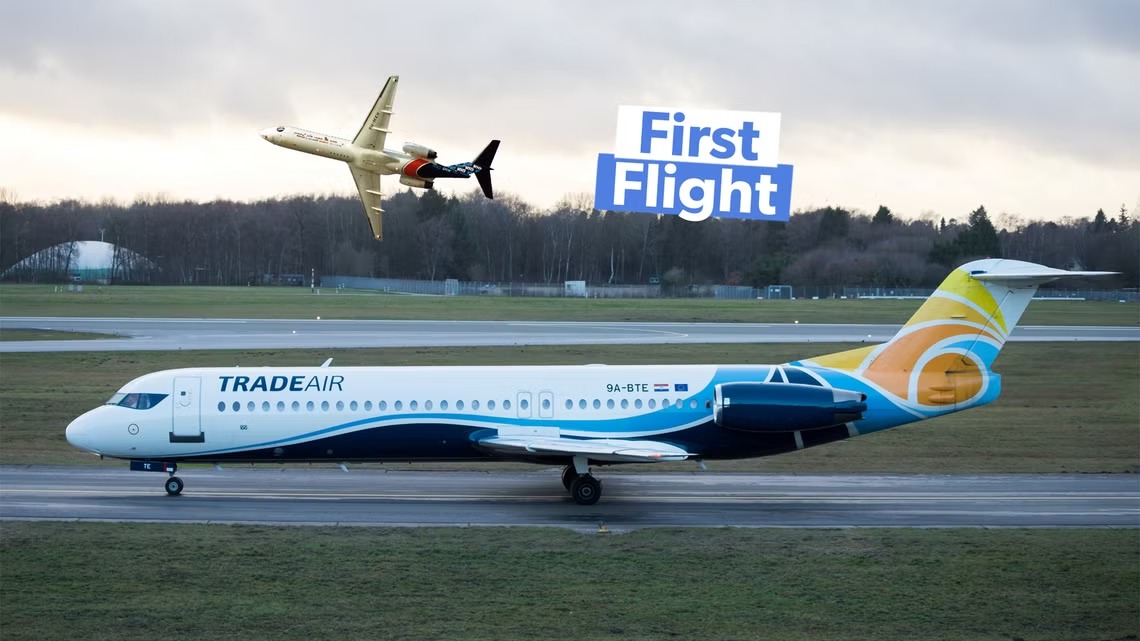This week will mark 38 years since the Fokker 100 first took flight. Produced in the Netherlands by aircraft manufacturer Fokker, the aircraft quickly rose to become a popular turbofan aircraft, with its first delivery made to Swiss Air in February 1988.
Design and development
Fokker, in Dutch, known as Koninklijke Nederlandse Vliegtuigenfabriek Fokker, was a Dutch aircraft manufacturer that operated between 1912 and 1996. Founded by Anthony Fokker, a prominent Dutch Aviator, the aerospace manufacturer became famous for fighter aircraft during World War I.

Photo: Almazoff | Shutterstock
In the early 1980s, Fokker attempted to collaborate with McDonnell Douglas . However, this was brief and ultimately unsuccessful. From this, the Fokker 50 was born and was set to be a modern version of the history F-27.
The first Fokker 100 was delivered to Swiss carrier Swissair on February 29, 1988. American Airlines was also an early adopter of the aircraft, beginning to operate the plane in 1991.
Fokker planned an extended range for the aircraft, known as the Fokker 100QC, alongside a smaller version, the Fokker 70. American Airlines continued to use the aircraft as an integral part of its regional domestic fleet until the early 2000s, when in 2004, AA decided to retire the aircraft, citing high maintenance and operating costs, and used its American Eagle regional affiliates to take over many routes.

Throughout history, over 100 operators used the Fokker 100 in one way or another as part of their fleet, with prominent carriers including:
Specifications of the Fokker 100
The aircraft can be arranged in a two-class configuration, and the most common layout has a capacity between 97 (two-class) and 122 (all economy) passengers onboard. Its total length is 116 ft, and its width is 92 ft.
The aircraft’s maximum payload could take off with around 26,784 lbs onboard; its fuel capacity was 13,365 liters, which allowed it to travel to a max range of nearly 1,710 miles when operated with the R-R Tay mk 650-15 turbofan engine.

While the aircraft also saw a fair number of incidents, the most recent occurred in December 2019. This was during a flight operated by Bek Air, where the aircraft had departed from Almaty International Airport but struck a nearby concrete barrier and saw 12 killed onboard, including the captain.
Investigations uncovered that the airline had neglected maintenance procedures and didn’t realize ice was on the runway before take-off. In addition to the 12 that lost their life, of the 93 onboard, another 53 were hospitalized.
Still in operation today
Manufacturing of the Fokker 100 ended in 1997 due to accumulating losses at the aircraft manufacturer over several years, ultimately leading to its collapse. Several operators continue to use these aircraft in their fleet. According to ch-Aviation, 58 of these aircraft remain active, so Simple Flying looked into several operators and where they deploy these aircraft:
The flag carrier for Papua New Guinea has a modest fleet of 22 aircraft, five of which are Fokker 100s. Four are at least 33 years old, with a younger version, P2-ANJ, 29.85 years old. All are configured in an all-economy layout, seating 95 passengers. Papua New Guinea’s mountainous terrain means that aviation connectivity in the country is vital.

Photo: Robert Frola | Wikimedia Commons
Air Nuiginis’ aging Fokker 100 fleet will eventually be replaced with the Airbus A220-100 and -300, expected to arrive in the second half of 2025.
Alliance Airlines
Based at Brisbane Airport, Alliance Airlines runs a few scheduled services, fly-in-fly-out charters for several Australian mining and resource companies, and private aircraft charters across Australia and New Zealand. The airline has bases in Adelaide , Cairns, Perth, Townsville, Darwin , and Rockhampton.

Photo: Bahnfriend | Wikimedia Commons
Alliance operates 24 Fokker 100, with three under a wet lease agreement with Virgin Australia for Virgin Australia Regional, providing services within Western Australia.
Network Aviation
Operating scheduled and charter services from Perth, Western Australia, Network Aviation primarily flies under the QantasLink brand. Purchased by the Australian flag carrier in 2011, Network has retained its current management structure and employees. According to ch-Aviation, Network currently flies 11 of the Fokker 100, with all of them having an average age of over 31 years.

Photo: Network Aviation
Skyward Express
- 5Y-SKC (serial number 11416)
- 5Y-SKE (serial number 11395)
Both of these aircraft are 32.5 years old and are configured to seat 105 passengers. Historically, these two aircraft began service with American Airlines, were purchased by several different operators, and ended up under Skyward Express ownership.
Source: Simple Flying

Warning: Illegal string offset 'cookies' in /home/u623323914/domains/eng.bayviet.com.vn/public_html/wp-includes/comment-template.php on line 2564